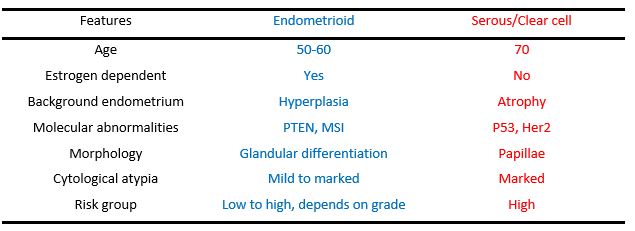Malignant mixed müllerian tumor
Malignant mixed müllerian tumor Updated: 12/16/2020 © Jun Wang, MD, PhD General features Biphasic tumor with malignant epithelial and stromal components (carcinosarcoma) Postmenopausal women Associated with chronic estrogen stimulation Highly aggressive Clinical presentations Asymptomatic Or triad of pain, uterine bleeding, and rapid enlargement of uterus Pathological findings Epithelial components: Atypical cells with glandular differentiation Stromal components: Atypical poorly differentiated spindle cells with high nuclear/cytoplasmic ratio and hyperchromic irregular nuclei Necrosis and mitosis Laboratory finding Elevated Serum CA125 Treatment Surgery Chemotherapy Radiation therapy Back to female genital tract Back to contents

